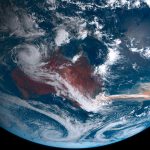 September 16, 2021 8:26 am
Published by Climate Extremes
September 16, 2021 8:26 am
Published by Climate Extremes
The Australian bushfires of the 2019/2020 summer had far-reaching effects. It has now been revealed in new research published in Nature that the smoke produced a phytoplankton bloom larger in area than all of Australia, thousands of kilometres away in the Southern Ocean between New Zealand and South America.
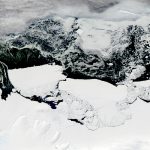 November 24, 2020 3:01 pm
Published by Climate Extremes
November 24, 2020 3:01 pm
Published by Climate Extremes
In this paper, the researchers investigated how a major glacier tongue break in the Mertz polynya in Antarctica impacted phytoplankton blooms. Larger phytoplankton blooms increase the amount of carbon that can be stored in the deep ocean.
 August 28, 2020 9:30 am
Published by Climate Extremes
August 28, 2020 9:30 am
Published by Climate Extremes
High resolution ocean modelling has found the world’s strongest ocean currents, which play key roles in fisheries and ocean ecosystems, will experience more intense marine heatwaves than the global average over coming decades.
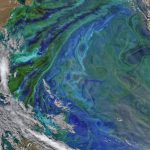 August 3, 2020 4:48 pm
Published by Climate Extremes
August 3, 2020 4:48 pm
Published by Climate Extremes
CLEX researchers used real-world observations with satellite observations to calculate the quantity of nutrients carried into the Subantarctic Zone by mesoscale eddies. They found these eddies carried high nitrate and low silicate waters into the Subantarctic Zone.
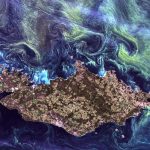 February 12, 2020 12:06 pm
Published by Climate Extremes
February 12, 2020 12:06 pm
Published by Climate Extremes
CLEX researchers evaluate the performance of satellite chlorophyll observations in the tropical Pacific Ocean and suggest algorithm improvements.
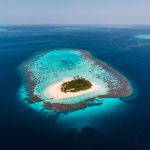 September 2, 2019 2:54 pm
Published by Climate Extremes
September 2, 2019 2:54 pm
Published by Climate Extremes
This paper reviews the societal and scientific motivations, current status, and future directions of IndOOS, while also discussing the need for enhanced observations in priority areas.
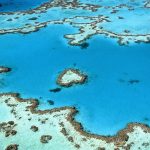 August 1, 2019 10:00 am
Published by Climate Extremes
August 1, 2019 10:00 am
Published by Climate Extremes
The Climate Variability program has seen an extraordinary amount of activity over the past four months with new arrivals, a clutch of thesis submissions, awards, research voyages and a wealth of research.
 May 6, 2019 3:19 pm
Published by Climate Extremes
May 6, 2019 3:19 pm
Published by Climate Extremes
In this project, the selected student will use a one-dimensional numerical ocean model to simulate and understand the physical and biogeochemical processes in the ocean near Australia. The student will utilise the long-term oceanographic measurements conducted at one of the National Reference Stations maintained by the Australian Integrated Marine Observing System (i.e., the Maria Island, the Port Hacking, and the Rottnest Island).
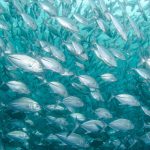 March 25, 2019 1:58 pm
Published by Climate Extremes
March 25, 2019 1:58 pm
Published by Climate Extremes
CLEX researchers and colleagues discovered which species are most important in transferring climate change impacts through the ecosystem using a model that simulated the southeast Australian ecosystem through to 2050.
 February 19, 2019 10:28 am
Published by Climate Extremes
February 19, 2019 10:28 am
Published by Climate Extremes
An improved Tropical Pacific Observing System that is responsive to user needs will provide for better understanding and prediction of the climate system, which will reduce climate uncertainty for society.










